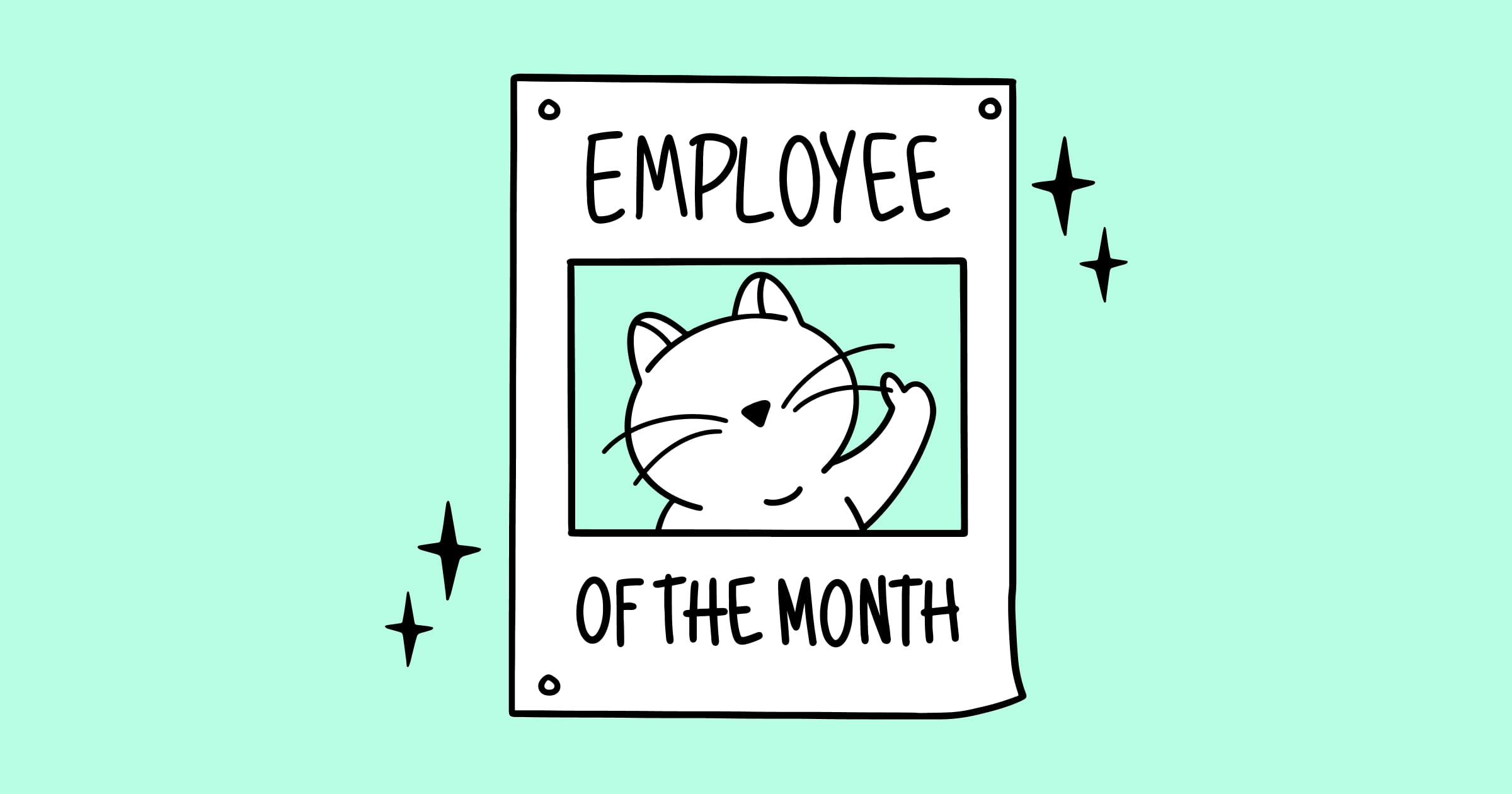March 18, 2025

It’s easy to fulfill the requirements of the ‘Competence’ clause of ISO 9001:2015, ISO 14001:2015 and ISO 45001:2018
ISO is an international standard setting body that develops and publishes technical, industrial and commercial standards that are followed by companies across the world. ISO certifications are a powerful indicator of a company’s credibility.
Following ISO standards benefit both customers and organisations. Customers benefit because they can be assured that the ISO-certified products and services they buy are of good quality. Organisations benefit because following ISO standards helps them improve efficiency and productivity, while reducing the waste of resources because of errors.
Having ISO certification is not mandatory, but in some industries – construction, engineering and health to just name a few – certification might be a legal requirement. At other times, certification might be a prerequisite for companies to qualify for certain government contracts.
In this blog, we will refer mainly to the ‘Competence’ clause of three popular ISO standards. These are:
This is one of the world’s best known ISO standards and is dedicated to quality management systems. It helps organisations improve the quality of their goods and services so that they always meet the customer’s expectations and requirements.
This standard helps organisations focus on improving their environmental performance. It assures all stakeholders – managers, employees and shareholders – that the organisation is measuring and improving its environmental impact through the efficient use of resources and reduction of waste.
This standard offers organisations a framework to reduce workplace hazards to increase occupational health and safety.
Similar clauses for ‘Competence’
The three ISO standards mentioned above have similar clauses (7.2) with regard to ‘Competence’.
Clause 7.2 of ISO 9001:2015 says:
The organization shall:
a) determine the necessary competence of person(s) doing work under its control that affects the performance and effectiveness of the quality management system;
b) ensure that these persons are competent on the basis of appropriate education, training, or experience;
c) where applicable, take actions to acquire the necessary competence, and evaluate the effectiveness of the actions taken;
d) retain appropriate documented information as evidence of competence.
NOTE Applicable actions can include, for example, the provision of training to, the mentoring of, or the reassignment of currently employed persons; or the hiring or contracting of competent persons
Similarly, Clause 7.2 of ISO 14001:2015, says:
The organization shall:
a) determine the necessary competence of person(s) doing work under its control that affects its environmental performance and its ability to fulfil its compliance obligations;
b) ensure that these persons are competent on the basis of appropriate education, training or experience;
c) determine training needs associated with its environmental aspects and its environmental
management system;
d) where applicable, take actions to acquire the necessary competence, and evaluate the effectiveness of the actions taken.
NOTE: Applicable actions can include, for example, the provision of training to, the mentoring of, or the reassignment of currently employed persons; or the hiring or contracting of competent persons.
The organization shall retain appropriate documented information as evidence of competence.
Finally, Clause 7.2 of ISO 45001:2018, says:
The organization shall:
a) determine the necessary competence of workers that affects or can affect its OH&S performance;
b) ensure that workers are competent (including the ability to identify hazards) on the basis of appropriate education, training or experience;
c) where applicable, take actions to acquire and maintain the necessary competence, and evaluate the effectiveness of the actions taken;
d) retain appropriate documented information as evidence of competence.
***
To comply with Clause 7.2 in each of these ISO systems, a manager or team leader needs to create competency requirements for supervised employees. Further, they need to ensure employees are “competent on the basis of appropriate education, training, or experience” and have documented information as evidence of competence.
Organisations can do this easily with the following six simple steps.
Establish what skills are necessary to deliver your services in accordance with the ISO management system you want to be certified for – ISO 9001, 14001, or 45001. Break down processes into key activities, and see what formal and soft skills with corresponding skill levels are required to meet the quality requirements for performing those activities. If you don’t know where to start, you can use one of MuchSkills research-based skill templates.
Identify what skills are available in your organisation through a skills assessment. One of the ways you can do this is to set up a skills or competency matrix. This tool records employee skills (ideally input both by both employee and employer) along with formal skills that involve certifications. MuchSkills let you map both easily, giving you an instant overview of all available skills and certifications in the organisation.
Assess to what degree the skills required from Step 1 match the identified skills in Step 2. You can easily do so through the MuchSkills feature, Skill Gap Analysis. See who has the skills required, and who is in need of what clauses 7.2 refer to as: “appropriate education, training or experience”.
On MuchSkills you can easily create a skills profile that meets compliance requirements to swiftly assess how your team members measure up against it. Additionally, your new and current employees can add certificates and skills from previous workplaces so that it is easy for you to determine whether you are already meeting or exceeding your QMS’s requirements.
To reduce the gap between required and actual skill levels, organisations need to “take actions to acquire and maintain the necessary competence” by planning actions such as educational and upskilling activities and recruitments.
With MuchSkills’ upcoming feature ‘Goals’, you will be able to plan ‘Goals’ and growth journeys to stay ahead with skills and competency planning.
Your database of skills and competencies should be updated regularly, and at least quarterly, because people quit, switch departments, or acquire new skills. MuchSkills is not only a skills data visualisation tool and skills database in one, it allows you to ensure your skills and competency data is always up to date. Facilitate the requirements of Clause 7.2.d of ISO 9001: 2015 (retain appropriate documented information as evidence of competence) with secure mapping and tracking of skills, competencies, certifications and upskilling efforts. Add certifications relevant to your organisation and track their expiration date accordingly.
The business environment for any organisation keeps changing. Your QMS needs to adapt accordingly. Senior managers should regularly ascertain how the competitive landscape, upcoming product launches, or other changes internally or externally will change the skills required to operate the business with the same or better quality and outcomes. Plan your skills and development policy accordingly.
An upcoming feature on MuchSkills will allow you to define and document what resources are useful for upskilling, and what your requirements are for different skill levels. Organisations will also be able to create unique upskilling journeys and plans for each employee using this feature.
As the six steps above show, organisations can meet the requirements of the ‘Competence’ clause of ISO 9001:2015, ISO 14001:2015 and ISO 45001:2018 by identifying skills necessary for compliance, assessing if your organisation has them, identifying any skill gaps, bridging them with training or learning and development, tracking and monitoring skills growth over time, and keeping appropriate evidence in the form of documentation of skills and skills training. In doing so, you can easily fulfill the requirements of one important clause in ISO certification, bringing your organisation that much closer to gaining that coveted ISO certification.

Subscribe to our newsletter to receive MuchSkills insights directly in your inbox. Don't worry we will respect your inbox

A practical look at how skills visibility, fair evaluation, and growth-focused conversations reshape the employee experience.

By revealing hidden talent and optimising workforce deployment, skills visibility democratises opportunities and boosts employee engagement and retention.
